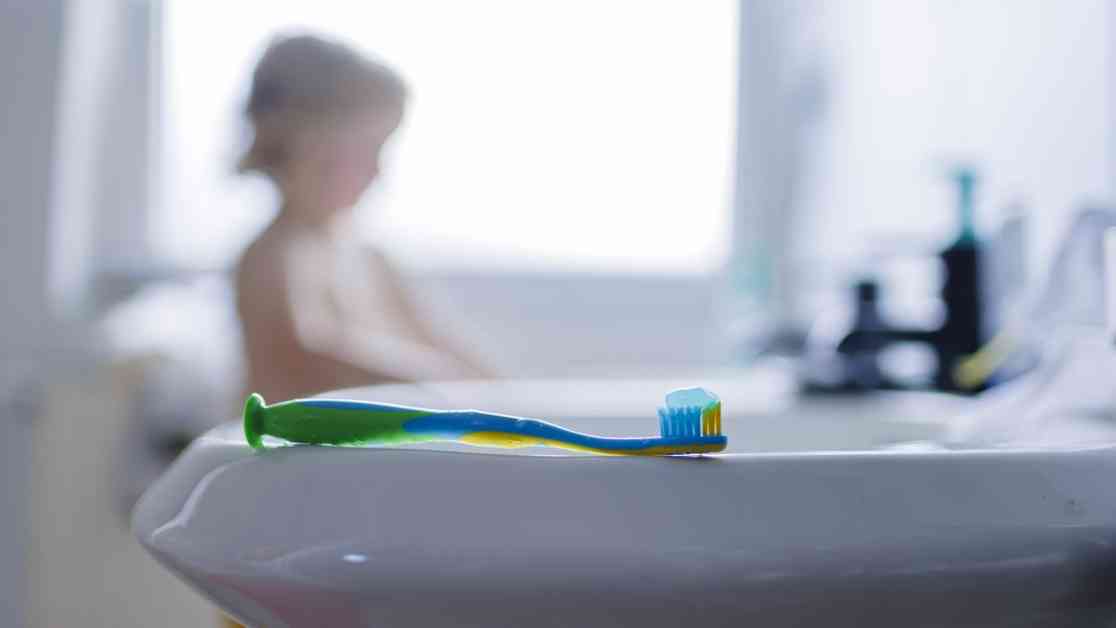Researchers have recently discovered a plethora of unseen viruses on showerheads and toothbrushes, shedding light on the microbial world that exists in our bathrooms. The study conducted by scientists involved analyzing samples collected from 96 showerheads and 34 toothbrushes in the United States, unveiling 614 viruses, many of which are likely new to science. These viruses, known as bacteriophages or “phages,” infect bacterial cells rather than humans, indicating that they are not harmful to us.
While the idea of viruses on everyday items like toothbrushes may sound alarming, the researchers assure that there is no need for concern. In fact, these newfound viruses could hold the key to developing treatments against antibiotic-resistant superbugs. Phage therapies, which utilize viruses to combat dangerous bacteria, are currently being explored as a potential alternative to traditional antibiotics.
Lead author of the study, Erica Hartmann, expressed astonishment at the diversity of viruses found in the samples, emphasizing the untapped biodiversity that surrounds us. These discoveries open up possibilities for future phage therapies and highlight the vast number of microbial species that remain undiscovered on our planet.
The study revealed a lack of overlap in virus types between showerheads and toothbrushes, indicating that each sample is unique in its microbial composition. The most prevalent viruses found were mycobacteriophages, which target mycobacteria, a group of microbes that includes disease-causing germs such as those responsible for chronic lung infections, leprosy, and tuberculosis.
By further studying these newfound viruses, researchers hope to develop new antibacterial drugs and potentially use them to eliminate pathogens from plumbing systems. Despite the presence of microbes in our everyday surroundings, it is essential to remember that the majority of them are harmless and will not cause illness.
The findings of this study offer a fascinating glimpse into the hidden world of viruses that exist in our bathrooms, showcasing the potential for future advancements in phage therapies and antibacterial treatments. As we continue to unravel the mysteries of microbial life, we gain valuable insights into the diverse ecosystems that thrive in our immediate surroundings.










